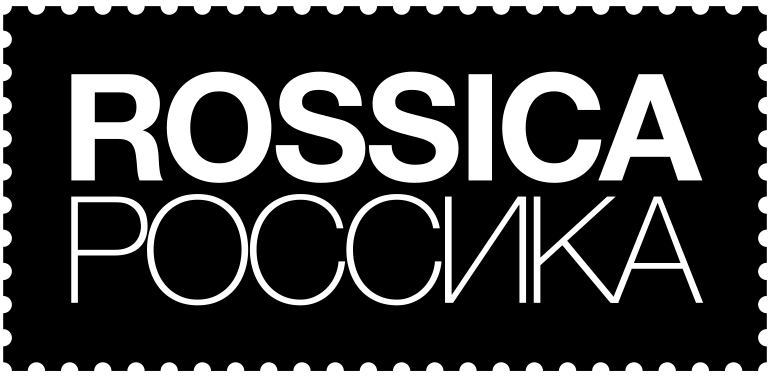Purposes. Ever since the early 1980s, the Rossica Society has made an effort to preserve the information and material contained in its members’ exhibits. Up until now, that effort has consisted of making photocopies (usually black-and-white) or CDs/DVDs and putting them in the Rossica Library so that members could check them out, study them and learn, using them as a research tool.[1] Given the technology back then, this was the best that could be accomplished, and it could never reach more than one individual at a time, it had to be posted through the mail, and it was cumbersome enough that few availed themselves of the opportunity.
Another major consideration has been simply to make a record of the exhibits, preserving them for posterity. Each exhibit is essentially a monograph ranging in size from 16 pages up to 160, but unlike published monographs, if a record of it is never made, it is very transient. Unless a collector sends an exhibit to a museum, wills it to his heirs or sells it en bloc, its path leads inexorably to the scrap yard (we call them auctions and mail sales), there to be broken up, sold off and scattered to the four winds. The material it contains is then used to buttress other peoples’ collections, often on entirely different topics, and all too often the information that exhibit contained is dissipated or lost. Once the information is separated from the material, it becomes less relevant, and philately is the loser.
Making a record of an exhibit has another positive aspect, one that is more immediate and beneficial to the collector. In the event of an exhibit’s loss due to theft or some natural disaster, the record can be used for insurance-claim purposes and to establish proof of ownership in the happy event the material is recovered.
Now, with the Rossica website well established and with virtually unlimited room, any number of exhibits can be made available in digital form. The original purposes still remain, of course, but the Rossica Virtual Gallery offers certain advantages that the old photocopies never could.
First, an exhibit at a show reaches only those people who view it there. Much of the time, the dim ballroom lighting and scratchy plexiglass of the frames combine to create “visual static.” Exhibit frames require bifocals users to arch their neck back to see the top row and bend down on creaky knees to see the bottom row, ensuring that just viewing a multi-frame exhibit becomes more of a physical trial than a cerebral pleasure. Moreover, there are other exhibits to see (not to mention the dealers!), and time is short – usually two or three days for a national show, perhaps eight or so for an international – so that an exhibit often gets less attention than it might deserve. In digital format, not so! There is no time limit – view it at your pleasure and leisure. You need not crane your neck nor strain your knees; have a seat, and enjoy, in glorious color. Want a copy? No problem, download it. (Try doing that at an ‘analog exhibition’)
Note too that this format allows for greater flexibility in the arrangement of the exhibits themselves. As there are no time constraints, no APS or FIP judging rules, you can say as little or as much about something on a page as you wish, and you are limited only by the physical constraints of the page itself. We do not require that the exhibits conform to any particular judging standard, only that the material and the information be of good quality and accurate.[2] Much of what you will see in the Gallery is geared for national and regional exhibitions, where the judging criteria are different from those used at FIP shows. These exhibits are aimed at you, the philatelist, not necessarily the judges. Here, you are the only judge, and there is no competition.
There are other benefits to exhibiting digitally. Because the exhibitor is reaching a vastly greater audience, it is much more likely that SOMEone out there will be able to correct, add to or comment on the exhibit, thus helping the exhibitor not only to improve the exhibit but to learn something as well. And who knows, you just might make a friend or two that you otherwise would never have met.
Although the Virtual Gallery is not a juried affair, it can also be a boon to the exhibitor if the exhibit in question is still being entered at shows. Philatelic judges, if they knew that such and such an exhibit were going to be shown at an exhibition and that it was already displayed digitally, could go to the Virtual Gallery and rather than have just a paper copy of the synopsis to look at, they would have the opportunity to “see the exhibit before they saw it,” in the comfort and leisure of their own homes. The quality of judging for certain areas in Russian philately might be improved thereby. And given the extremely low number of Russian-qualified judges in the APS, this could prove to be crucial.
Endnotes
1. They are still available, and members can obtain copies from the Librarian, Greg Mirsky.
2. And, of course, it should be in good taste!

